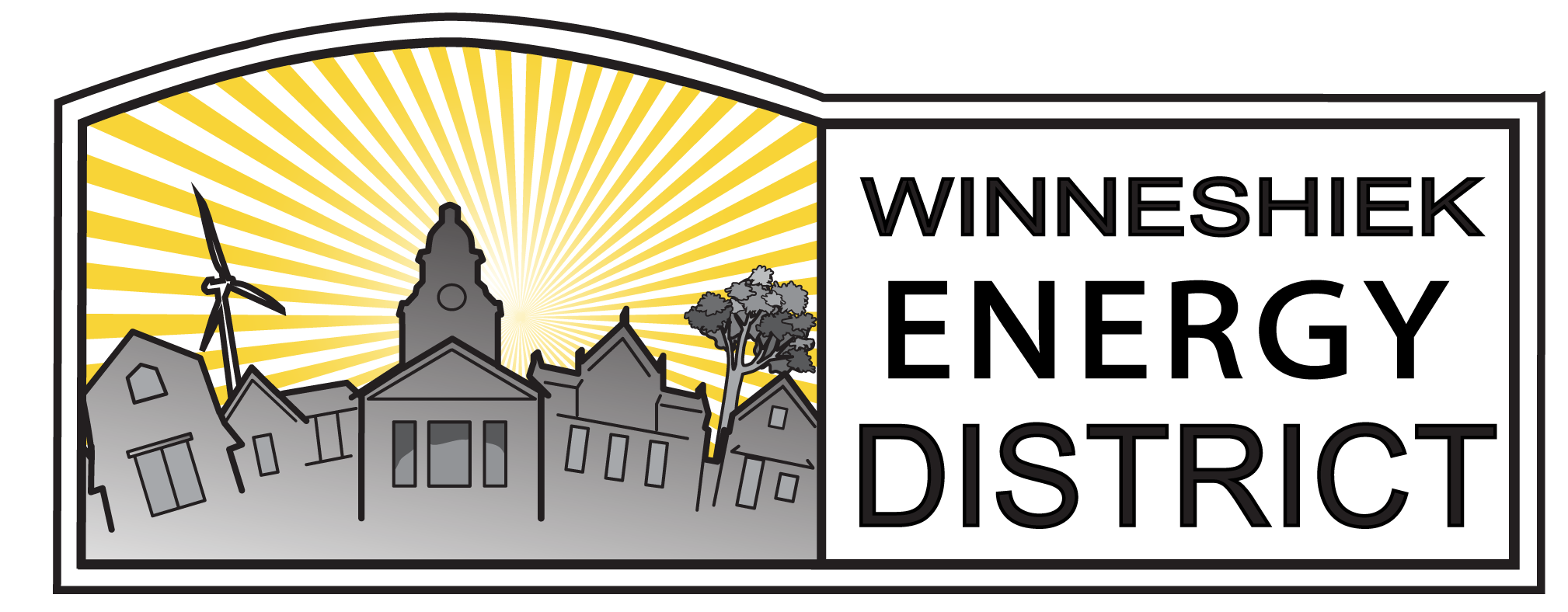Policy Updates Discussed During July’s Energy Lunch
July’s Energy Lunch featured an environmental policy panel consisting of Kerri Johannsen, of the Iowa Environmental Council; Steve Falck, of the Environmental Policy & Law Center; and our own Andy Johnson. The panelists covered a wide range of policy issues at the local, state, and national level.
Steven Falck began with an overview of a recent net metering petition to the Federal Energy Regulation Commission (FERC). The petition sought to shift authority over net metering rates away from states and to the federal government. If this petition had successfully moved through the FERC, net metering protections for solar energy producers in Iowa could have been severely weakened. With calls to dismiss the petition coming from the Environmental Policy & Law Center, the WED, Gov. Reynolds, and more, the FERC ultimately dismissed the petition on procedural grounds. This dismissal is a win for Iowa solar owners, but a similar petition may return in the future.
Steven Falck also touched on the clean energy components of the recently passed federal economic stimulus bill, and shared that his organization is advocating for further extensions of wind and solar tax incentives in future stimulus bills.
Kerri Johannsen covered a number of recent policies and energy issues in Iowa including the Sunrise bill and Iowa’s state solar tax credit.
As Johannsen explained, the Sunrise bill was passed unanimously through the Iowa legislature and Governor’s office early in 2020 after months of negotiations with utilities and other interest groups. The bill puts net metering into Iowa law and establishes a new framework for inflow-outflow billing, which is similar to net billing. The primary difference is that credits to solar owners will be allocated in dollars rather than KW hours. You can learn more about the Sunrise bill from this article from March, and about current implementation challenges in our article in this issue.
Johannsen’s organization is advocating for an expansion of Iowa’s solar tax credit allocation and a decoupling from the federal solar tax credit. Currently, Iowa’s residential solar tax credit is half of the federal tax credit and currently allocates only $5 million a year. So, if more than $5 million worth of credits are applied for in a year applicants are placed on a waiting list. The current list, as Johannsen shared, is $7.6 million dollars long. In effect, a new solar customer this year would have to wait for two years to get their tax credit. Johannsen is hoping to see the Iowa solar credit allocation increase to $10-20 million dollars annually. In addition, because the federal solar tax credit is downsizing each year and set to expire completely in 2022, the Iowa solar credit would also disappear in 2022. Decoupling the Iowa tax credit from the federal tax credit would ensure that solar development is supported in the state beyond 2022.
All three panelists shared a bit about Electric Vehicle (EV) fuel tax. In lieu of the traditional gas tax, a recent law is set to be implemented in 2023 to tax the electricity used for charging EV. The panelists were concerned that the current structure of the tax system could hinder the development of widespread EV charging systems in private and public spaces.
Andy Johnson concluded the panel by sharing three policy opportunities for energy districts and clean energy advocates.
First, Johnson suggested increasing investment and development of locally owned solar. Publicly owned solar projects in schools, cities, and counties could be great opportunities for increasing clean energy locally. If acted upon quickly, these projects could still benefit from current tax incentives.
Second, Johnson explained that municipalities could develop high quality energy codes. The statewide building energy code is old and building codes are often enforced (or unenforced) at the local level. Local governments could develop more stringent energy codes for new buildings to improve energy efficiency.
Third, Johnson advocated for the authorization of property assessed clean energy (PACE). PACE would have to be authorized at the state level, but it would then allow local governments to create funds for clean energy development. With PACE, clean energy projects, like the installation of a new solar system, could be paid through property tax statements rather than a different loan or line of credit. This would allow billing to be transferred easily from one owner to another, and would open the door for many more homes and businesses to pursue clean energy projects.
Watch a recording of the panel to get all the details below.
